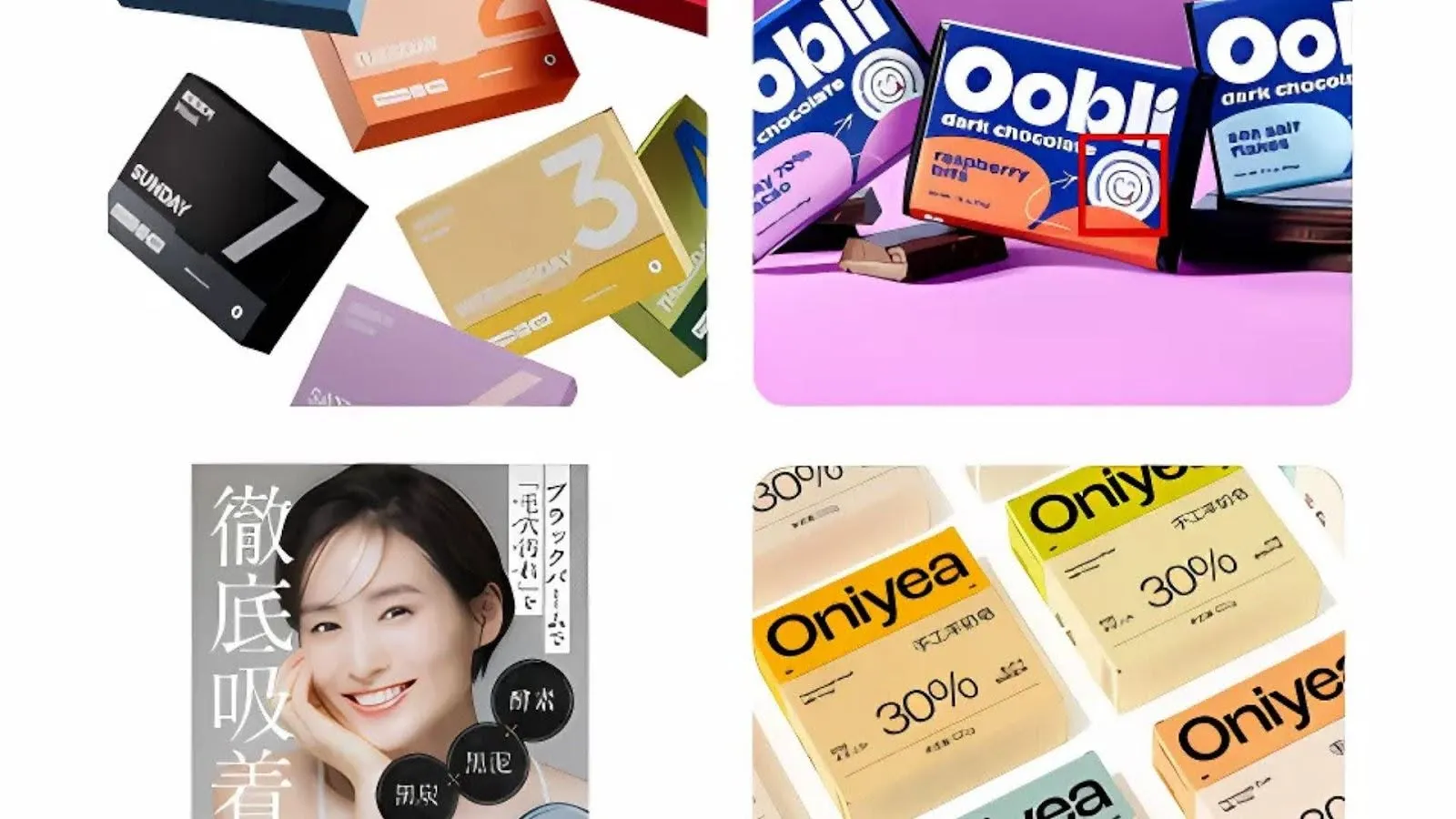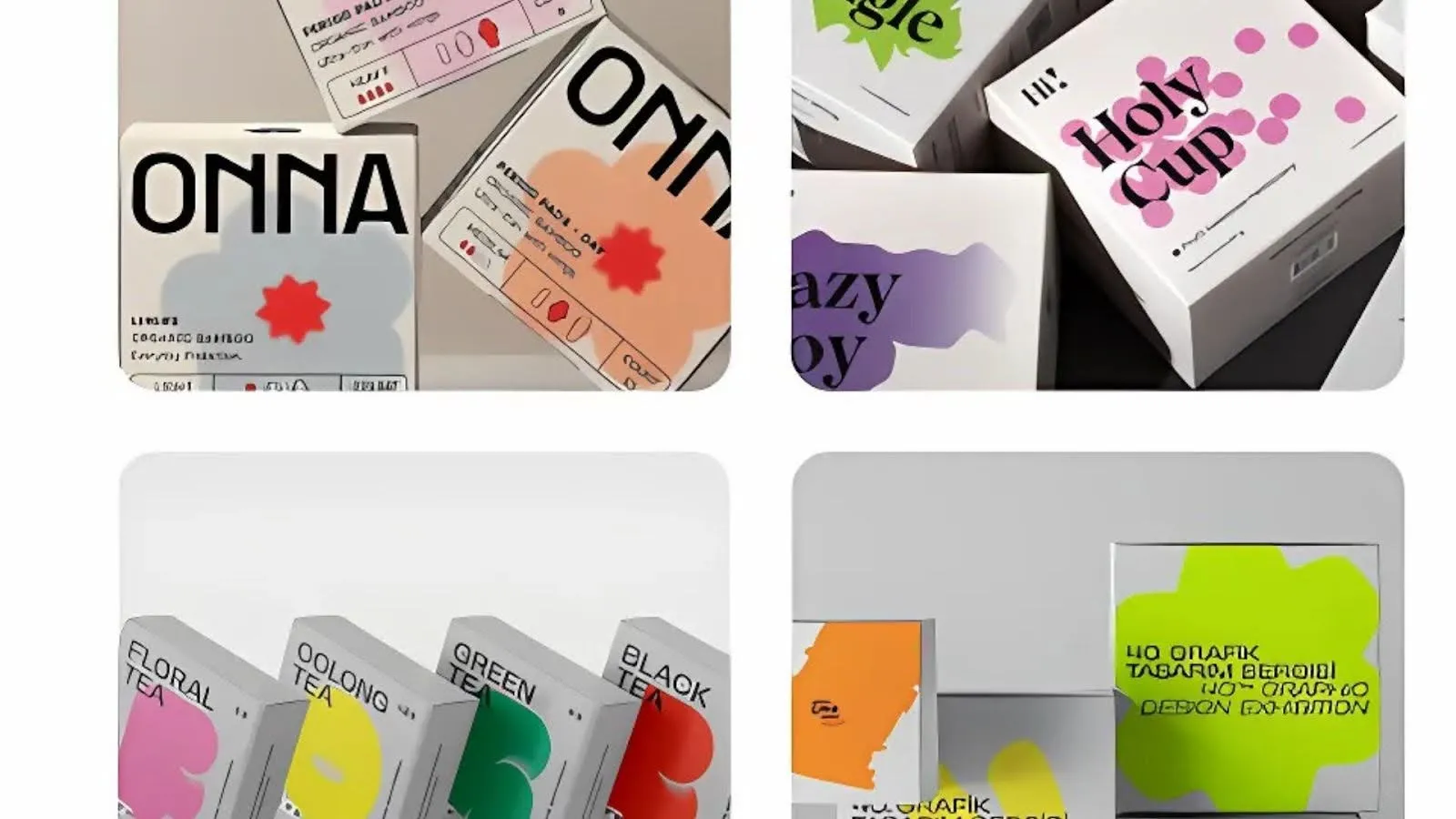.svg)
.svg)
.svg)
.svg)
.svg)
.svg)
.svg)
.svg)
Book a call and get unlimited revisions for your project!
.webp)
.svg)

In today’s competitive landscape, hyper-local branding has become a powerful way for businesses to connect deeply with their audiences. Instead of relying solely on a universal identity, brands are now embracing a regional brand strategy that reflects local culture, values, and preferences.
This approach involves creating a localized brand identity that resonates with specific communities, ensuring that every visual, message, and experience feels authentically tailored. From adapting branding for local markets to designing location-specific brand messaging, businesses are finding that personalization can significantly boost engagement and loyalty.
Understanding regional consumer behavior is key what works in one city or region may not work in another. Whether it’s through geo-targeted marketing, culturally relevant design elements, or community-based branding initiatives, brands can position themselves as part of the local fabric. In this article, we’ll explore effective local marketing strategies for 2025 and beyond, breaking down how to adapt your brand identity without losing its core essence.
By the end, you’ll have actionable insights to refine your approach and ensure your brand thrives in diverse markets.
Why Hyper-Local Branding Matters for Regional Success
Hyper-local marketing focuses on targeting niche audiences within precise geographic areas sometimes a single city block, neighbourhood, or ZIP code using advanced geo-targeted marketing and digital tools. The rise of AI, mobile technology, and “near me” search has made it possible for brands to adapt messaging for local markets in real time, leading to up to 30% greater engagement.
How Hyper-Local Strategies Improve Brand Recognition
Brands that embrace localized brand identity and create community-based branding initiatives see improved brand recognition. Using hyper-local content and community voices, retail brands can drive meaningful local engagement and higher conversion rates. For example, leveraging regional landmarks and language helps position your brand as a trusted “local favorite” rather than just another chain.

Adapting branding for local markets means working local color palettes, symbols, and cultural cues into your visual identity. For instance, a wellness brand in Dubai might reflect regional aesthetics, while a supplement brand in Mumbai could integrate familiar local motifs making your presence instantly relatable.
Location-specific brand messaging is more than translation. It’s transcreation reshaping logo design, taglines, and visuals for cultural meaning, not just words. Local idioms, festivals, and even fonts matter deeply in building emotional resonance.
In every market, your brand identity shows up in minute details: packaging, web content, store signage, and more. For retail, make sure websites, AI photography, and social feeds reinforce your local roots, making the consumer feel, “This was made for me.”
Read More About The Power Of Branding: How Dairy Product Companies Can Build Stronger Brands For Increased Success
Strong regional brand strategy begins with learning what moves your market. Delve into local values, habits, and regional consumer behavior. What are the unwritten rules food taboos, clothing rituals, wellness trends unique to this audience?
Modify brand messaging to echo regional concerns, such as sustainability in California or tradition in Kerala. Polls, focus groups, and local partners will uncover these crucial priorities.
Your brand positioning should celebrate what makes each location unique. For example, a food brand could highlight region-specific recipes, or a skincare brand might promote ingredients sourced locally.
Read More About How to Start a Supplement Brand That People Trust

Geo-targeting means delivering ads, offers, and content based on the exact location of potential customers. Today’s tech allows for micro-targeted ads down to the block or building think sending retail offers to shoppers who enter a mall or walk by your store.
Set up geo fences around key locations competitor stores, stadiums, or campuses, so you can trigger special offers when potential customers enter the zone. Geo fencing is especially powerful for event-driven campaigns and pop-up shops.
Location-based advertising leverages GPS and check-in data to reach mobile users with regionally relevant offers. Integrate this with local marketing strategies 2025 to ensure your digital ads, SMS, and push notifications always reflect what's happening locally.
Checkout the best branding agency in Pune
Team up with micro-influencers who have real credibility in their neighborhoods. Unlike national celebrities, these voices are trusted and help amplify your community-based branding authentically.
Support local causes, sponsor festivals, and give back to neighborhoods to build goodwill. Community engagement cements your position as a genuine part of the local scene.
When people see familiar faces and places in your campaigns, trust skyrockets. Local advertising outperforms generic campaigns by showing you “get” the community’s values.
Leverage hyperlocal targeting tools to build customer segments as narrow as a few city blocks. This lets you send exclusive deals, event invites, and product launches to audiences who are most likely to respond.
Customize each campaign, not just by language, but by context and needs. This means a messaging app push notification could read “5-minute walk to your newest outlet!” boosting urgency and foot traffic.
Modern platforms offer advanced analytics for adapting branding for local markets, making it simple to test and optimize location-specific campaigns.

This section merges the concepts of balancing national consistency with regional adaptations. It focuses on the strategic decisions behind which brand elements to standardize and which to localize, while also emphasizing the importance of brand integrity.
This section combines the tactical aspects of using data to inform strategy and addresses the practical challenges of running hyper-local campaigns. It moves beyond simply stating what to do and explains why it's important.
Build regular communication and shared objectives for local and national teams.
List on local directories, collaborate with neighborhood businesses, and run region-specific events to boost visibility.
Confetti Designs specializes in hyper-local branding and regional brand strategy for ambitious retail brands, offering everything from localized brand identity to AI photography. If you want retail branding that's as local as your next customer while staying globally consistent—book a call with Confetti now and claim your edge in 2025!
Read More About From Zero to Shelf: Branding & Packaging Design Timeline for New Retail Brands
What’s the difference between localization and hyper-local branding?
Localization adapts your brand’s messaging, visuals, and offers to suit a specific region or language. Hyper-local branding goes a step further, tailoring your brand identity to deeply connect with a small, specific community or neighborhood—reflecting its culture, values, and everyday life.
How do I stay consistent while localizing my brand?
Define and stick to core brand elements such as your mission, tone of voice, and key visual motifs while allowing flexibility in details like imagery, language nuances, and campaign themes to suit local markets.
Is hyper-local branding only for big companies?
No. Small businesses often excel at hyper-local branding because they have closer ties to their community and can adapt faster to local trends and preferences.
Can I change my logo for different regions?
Yes, but cautiously. Subtle variations like color adjustments, cultural symbols, or seasonal adaptations can help local relevance without diluting brand recognition.
How do I find what matters to each regional audience?
Conduct market research, engage with local influencers, monitor community conversations on social media, and directly gather customer feedback to uncover cultural touchpoints, values, and preferences.
Lorem ipsum dolor sit amet, consectetur adipiscing elit, sed do eiusmod tempor incididunt ut labore et dolore magna aliqua. Ut enim ad minim veniam, quis nostrud exercitation ullamco laboris nisi ut aliquip ex ea commodo consequat. Duis aute irure dolor in reprehenderit in voluptate velit esse cillum dolore eu fugiat nulla pariatur.
Block quote
Ordered list
Unordered list
Bold text
Emphasis
Superscript
Subscript


.svg)